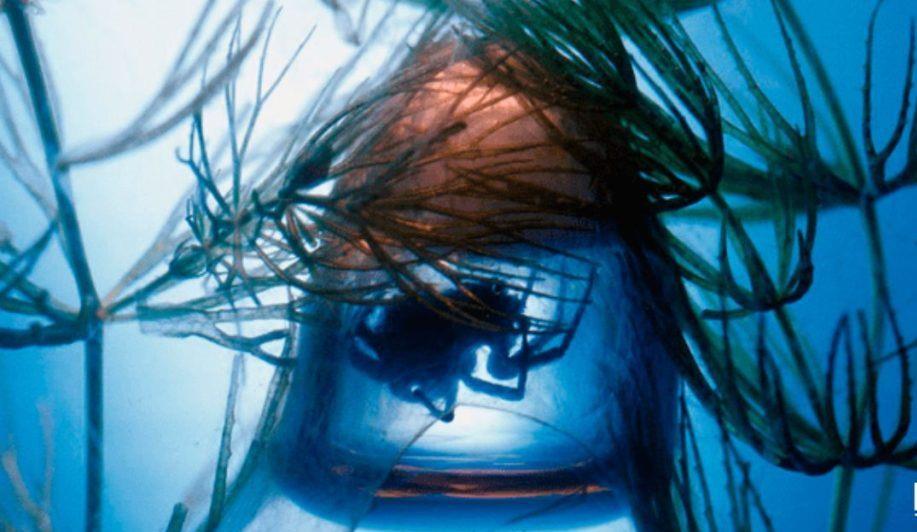
Fascinating Underwater Life Of The Only Spider That Builds A Refuge Under The Sea
Discovered in an American lake in 2000, this spider, scientifically known as Argyronetaaquatica, has captured the attention of biologists and nature enthusiasts for its unique ability to live in aquatic environments . Unlike its terrestrial relatives, the diving bell spider has developed an exceptional adaptation that allows it to survive almost completely submerged.
Ingenious adaptationIts technique is ingenious: using the silk, it weaves a kind of air bubble that surrounds it, thus creating a kind of 'diving bell'. This structure not only provides oxygen to breathe, but also acts as a safe haven within the water.
A master of improvised divingThe secret behind this ability lies in the numerous water-repellent hairs that cover its body. These hairs trap air from the surface of the water, allowing the spider to create and maintain its air bubble underwater. According to experts such as Craig Macadam, director of the Buglife organization, this adaptation makes her a master of improvised diving.
Within its aquatic refuge, the diving bell spider carries out a series of activities vital to its survival and reproduction. The differences between the 'bells' of males and females are notable, with the latter being larger due to their additional function as a place for breeding and caring for young.
In addition to serving as shelter, the bell also functions as a strategic trap to catch prey, such as insect larvae and other aquatic organisms, which constitute the main diet of this spider. When a prey gets close enough, the spider quickly emerges from its bell to catch it, thus demonstrating its cunning and adaptation to the aquatic environment .
Fascinating reproductionHowever, the uniqueness of the diving bell spider is not limited to its habitat or its hunting method. Its reproduction also presents fascinating peculiarities. Unlike many other spider species, the males of this species are noticeably larger than the females. This difference in size is attributed to the males' need to move more efficiently underwater, while the females need to be smaller to build and protect their shelters, where they also care for their young.
This size disparity leads to an interesting phenomenon: reverse sexual cannibalism. Despite the risks involved, females tend to prefer to mate with larger males. This has been evidenced by scientific studies that have observed occasional cases of males devouring females during or after mating.
The preference for larger mates also triggers fierce competition between males, where the largest individuals seek to demonstrate their dominance and aggressiveness over the smaller ones. This behavior illustrates the complexity of biological interactions and the struggle for survival and reproduction in the animal kingdom.
In short, the diving bell spider is much more than just an aquatic spider. It is a fascinating example of evolutionary adaptation and biological behavior, which continues to intrigue scientists and nature lovers around the world. Its ability to live and thrive in an environment as inhospitable as water makes it a true wonder of nature, worthy of study and admiration.
Legal Disclaimer:
MENAFN provides the
information “as is” without warranty of any kind. We do not accept
any responsibility or liability for the accuracy, content, images,
videos, licenses, completeness, legality, or reliability of the information
contained in this article. If you have any complaints or copyright
issues related to this article, kindly contact the provider above.


















Comments
No comment